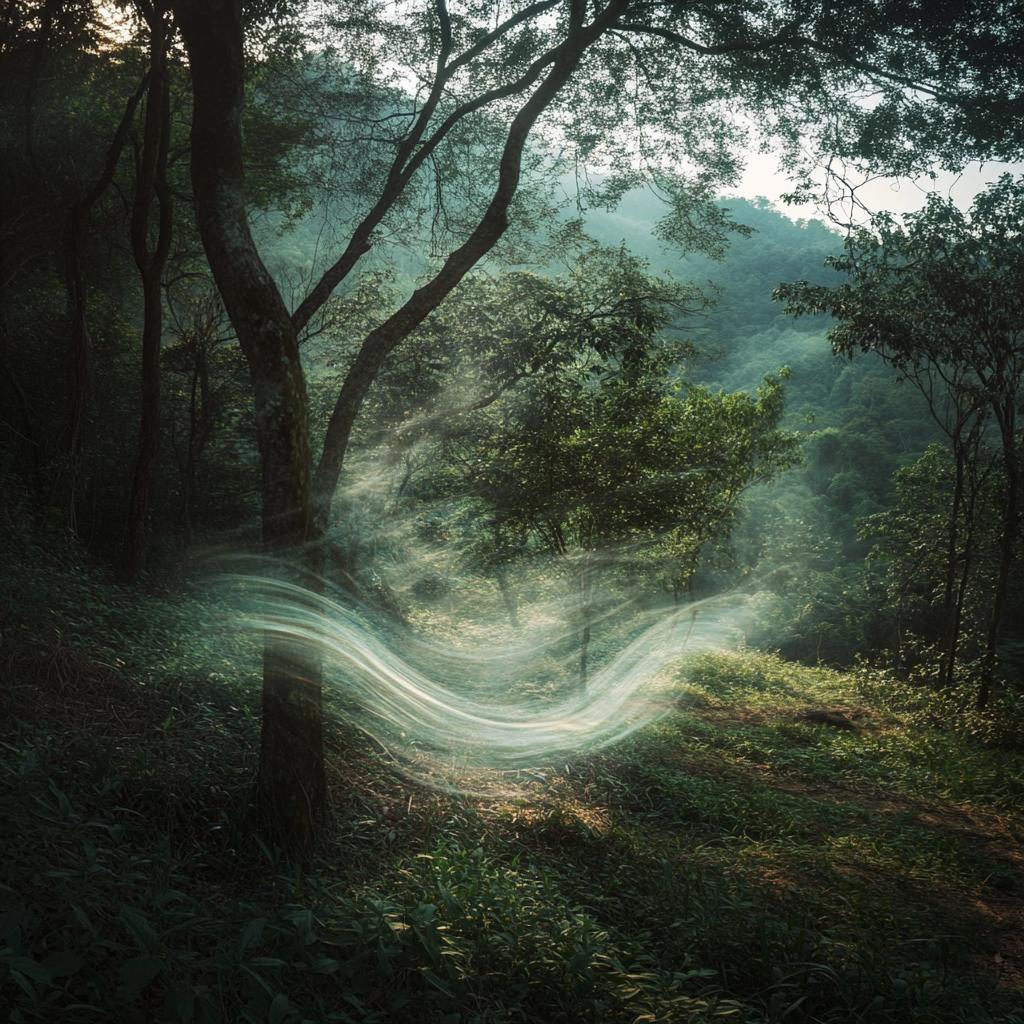Deep beneath the tranquil forests and winding paths of Mae Hong Son’s Pang Mapha district, the earth decided to stretch and flex its ancient muscles. On a regular Wednesday evening, an event was set in motion beneath the idyllic landscapes that remain untouched by the hustle and bustle of modern life. The Earthquake Observation Division, eyes peeled sharply, pinpointed the epicentre of this little seismic spectacle with the precision of a cosmic cartographer.
It all began with a humble rumble—a mere 3.3 on the Richter scale, yet enough to stir the pot of intrigue. It was 6:07 PM when Mother Nature gave a slight nod beneath the tambon Tham Lot, showing she hadn’t forgotten her dance routines yet. The quake was a tiny ripple in the fabric of the earth, detectable in the vicinity and compelling the residents to pause their evening routines, if only for a moment. What caused this enigmatic tremor? The minds at the Department of Mineral Resources scratched their heads, their curiosity almost tangible.
But the saga didn’t end there. Just as the dust of questions began to settle, the earth shrugged again—this time north of the border in Myanmar. Twelve minutes later, an encore of sorts, a slightly larger quake at magnitude 3.5, occurred. It was a gentle reminder of nature’s interconnected vastness, 236 kilometers northwest of Mae Hong Son’s Muang district.
These geological whispers were, however, overshadowed by the echoes of a more violent past. Only three weeks prior, the earth roared in pure majesty near Mandalay in central Myanmar, shaking the ground with a terrifying magnitude of 7.7. It was a dance of devastation that rippled across the land, claiming over 3,700 lives, a grim reminder of our planet’s untamed power. Resonating through Bangkok, its tremors sent a once-sturdy high-rise to its knees, leaving a scar marked by the loss of dozens of construction workers. The search for those swallowed by chaos continues under the shadow of grief.
In this geological theatre, the earth’s tectonic ballet gives humanity front-row seats to its unpredictable performances. As scientists decode the subterranean symphony’s notes, resident and visitor alike are reminded of our meager presence on this ever-changing stage. Mae Hong Son and its neighbors continue to stand as witnesses to the earth’s timeless choreography, dancing in step with its subtler shakes and quakes.


















It’s amazing how a gentle shake can remind us of the earth’s power. We need to respect these events and be prepared!
Respect the events? Sounds like fear-mongering. Not every little rumble is the end of the world.
Not fear-mongering! Awareness. Preparedness can save lives, especially after what happened in Mandalay.
Reading about these quakes fascinates me. The 7.7 in Myanmar must have been terrifying!
When will we learn to predict quakes better? So much loss could be avoided.
True, but the unpredictability is part of what makes geology so challenging and intriguing.
Guys, can someone explain how rumbles like 3.3 can cause damage? Thought only big ones were dangerous!
Great question, Jay! Small quakes generally aren’t destructive unless in very specific conditions, but they indicate tectonic activity.
These events show our fragility against nature’s forces. More investment in safer buildings is needed!
Safer buildings cost more, and not everyone can afford it, unfortunately.
True, but government subsidies could help prioritize safety, don’t you think?
Imagine being in the high-rise in Bangkok when it crumbled! Terrifying.
The aftermath was devastating, but it’s a lesson in constructing to withstand such forces.
I see these quakes as the Earth breathing. We should take reverence in our connection to it.
Engineers are actually working on earthquake-resistant structures. It’s expensive but worth it for safety.
It’s all about profit margins though. Would builders really prioritize these costs?
Exactly, Jane. Many see profit over safety, hence why regulations are crucial.
Regulations are, indeed, vital, but innovation often stems from necessity!
I wonder how ancient peoples interpreted these tremors. Probably saw them as divine signs.
Love how science observes these events like pieces of a much larger puzzle!
Mother Earth reminding us she is almighty. More eco-friendly practices might appease her.
How can we trust that these tremors won’t escalate? After Mandalay, everything seems uncertain.
Dave, while unpredictable, there are zones known for activity. We just need to stay informed.
These geological events give a sense of adventure but caution too. A fine balance.
Shouldn’t we focus on learning from each quake rather than fearing the next?
Luke, lessons are crucial, but fear is natural when lives are constantly at risk.
I love visiting quake-prone areas. It’s thrilling and offers a raw view of Earth’s dynamic systems!
Wendy, that sounds risky. Prioritizing safety should always come first.